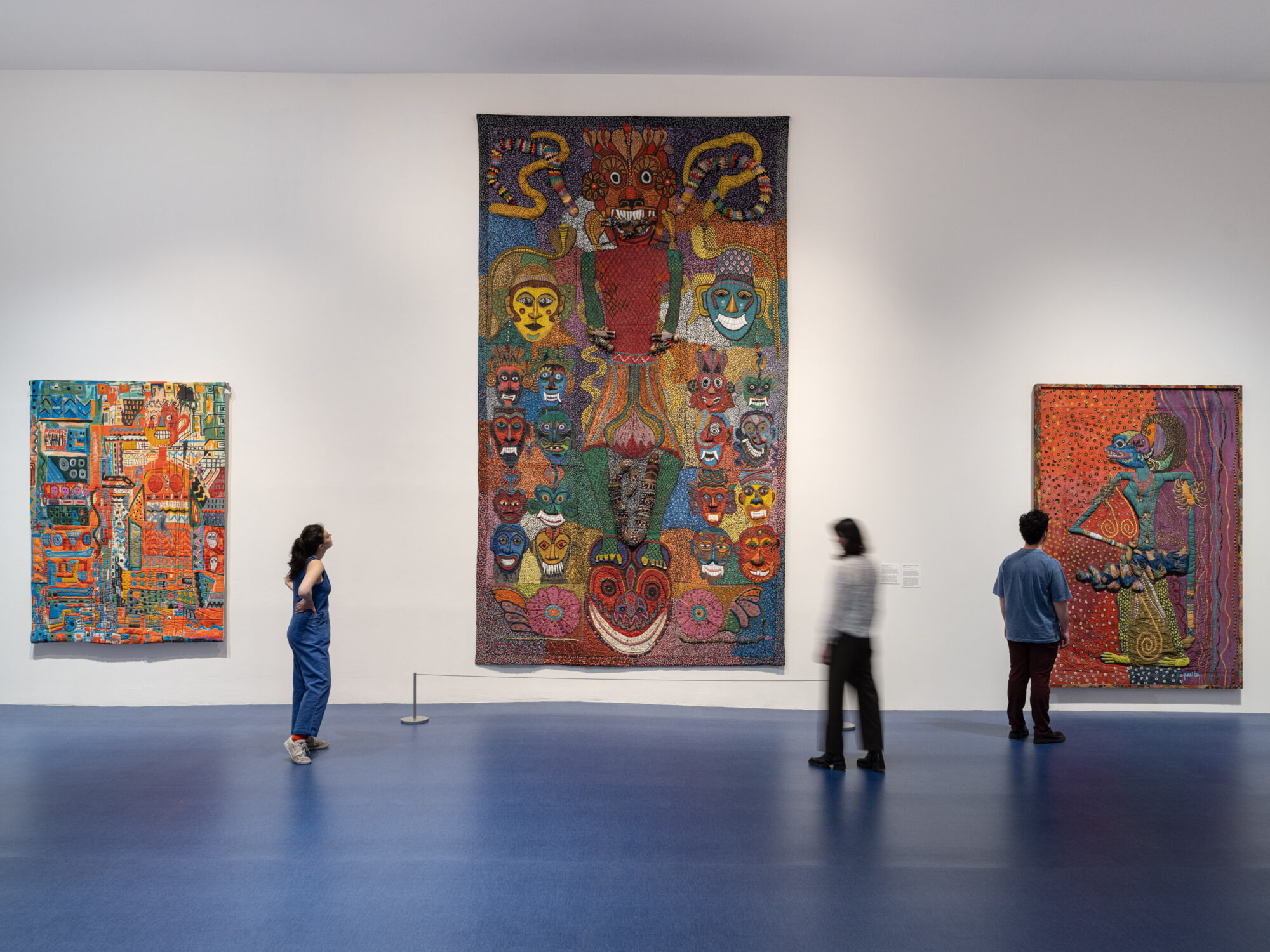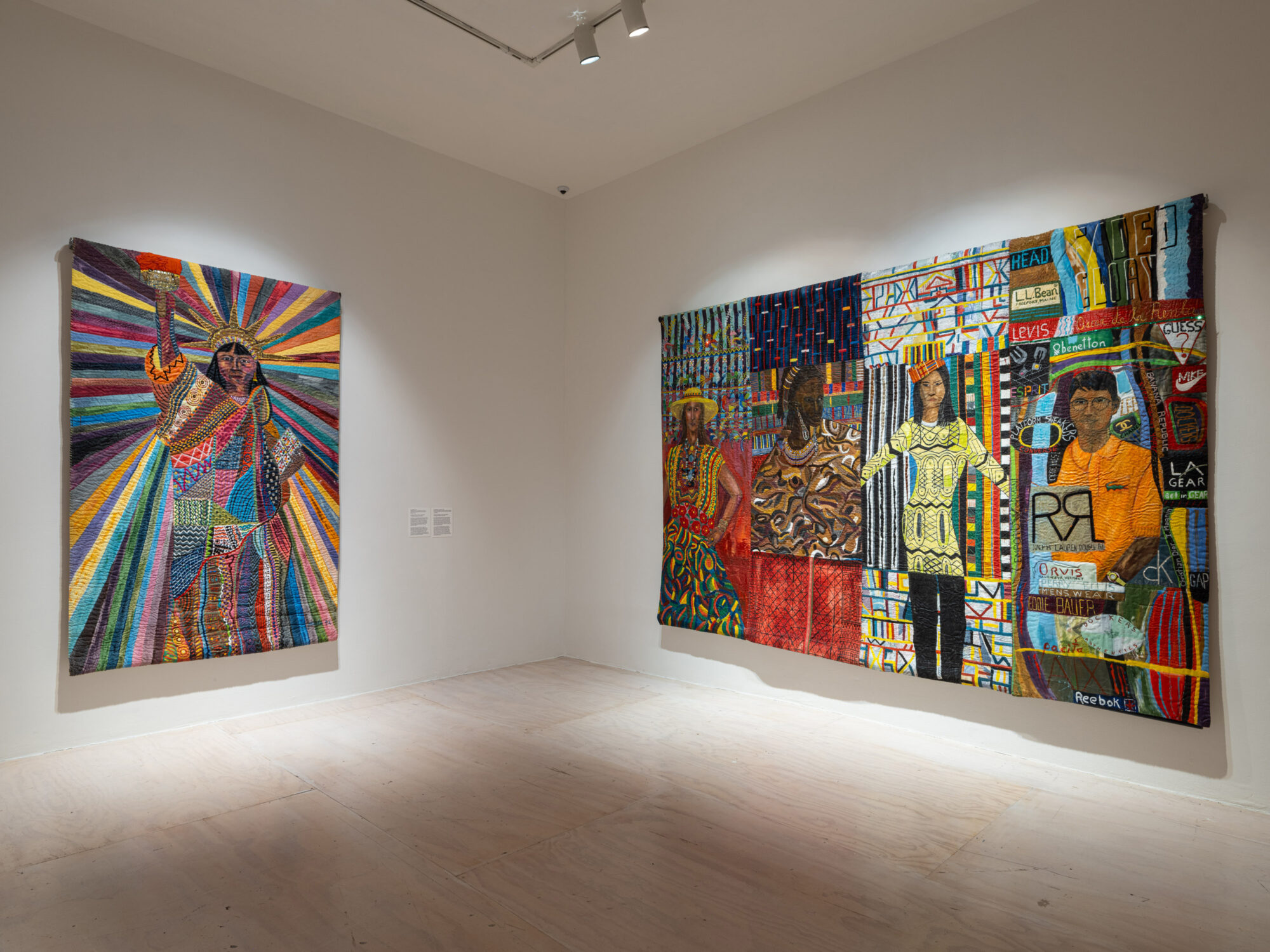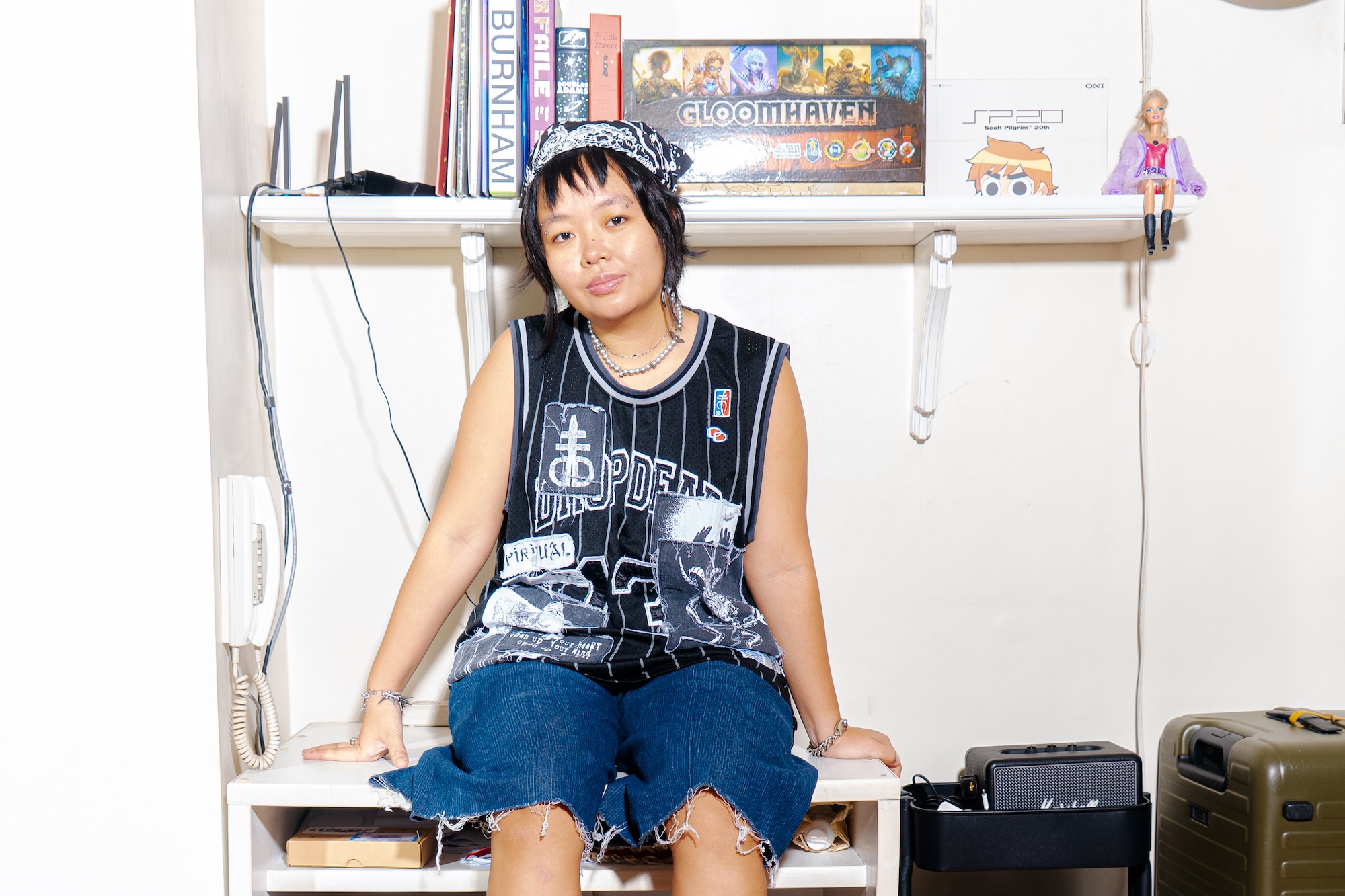At these international shows, the art of the late Filipina artist is finally receiving the recognition it deserves
The late Pacita Abad (b. Philippines, 1946–2004) is a Filipina artist known for her psychedelic works that burst with color and commentary on culture, politics, and identity. Throughout her 30-year career, Abad built an oeuvre of over 5,000 artworks.
Now with ongoing exhibitions at the Venice Biennale and MoMA PS1, she is finally receiving the recognition she deserves.
Since her reintroduction to the art world in her exhibition “A Million Things to Say” at the Museum of Contemporary Art and Design in 2018 (co-curated by Pio Abad and Joselina Cruz), Abad’s estate has steadily organized exhibitions with different institutions across the world—from the “Life in the Margins” on Spike Island, Bristol, England in 2020 to “I Thought the Streets Were Paved with Gold” at the Jameel Arts Centre, Dubai in 2022.
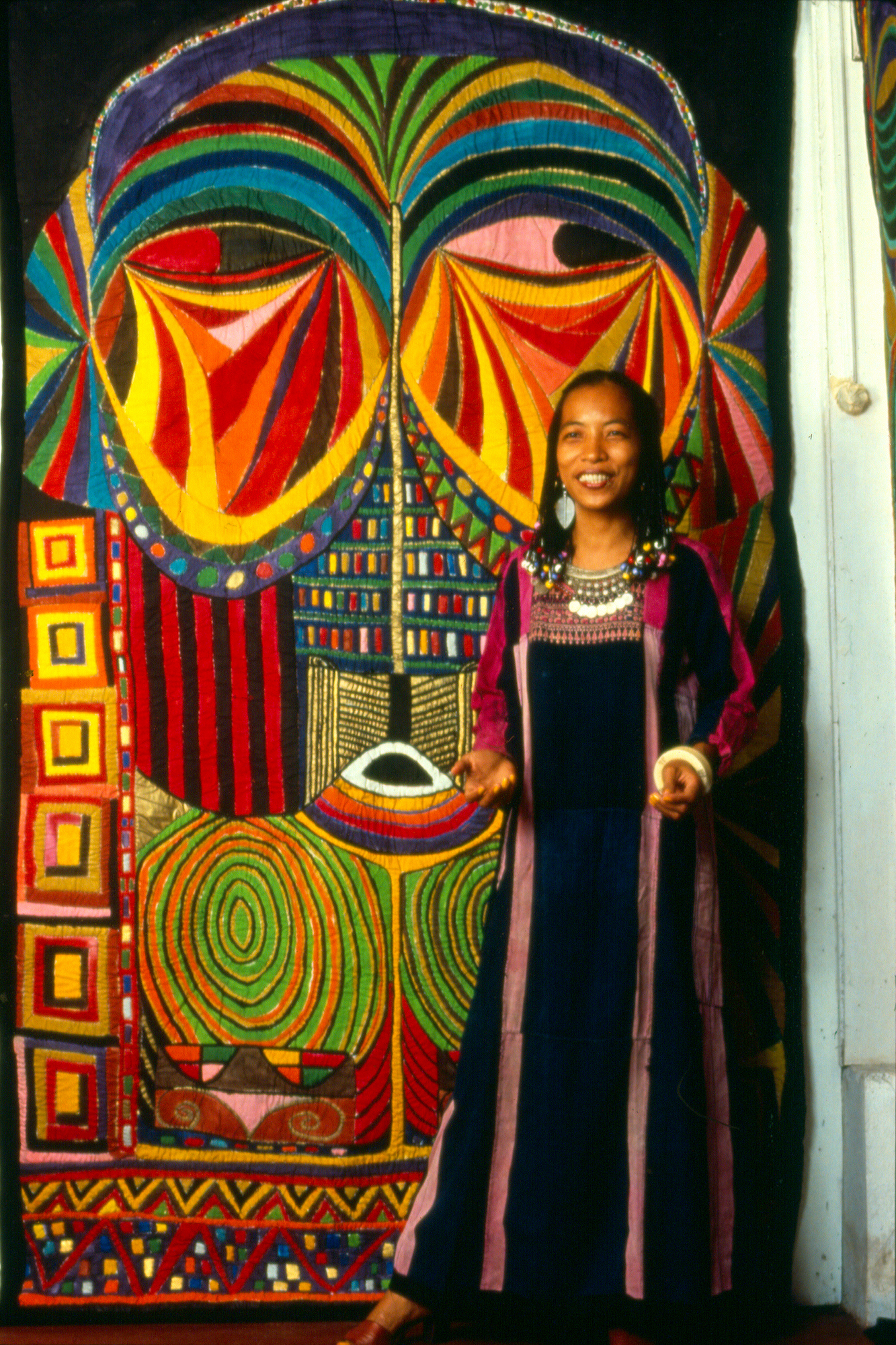
Remembered as a flamboyant and adventurous personality, she was dubbed and also self-proclaimed a “woman of color.” But her nephew, artist Pio Abad, emphasizes the label goes deeper, connecting her identity to the multiplicity of her artistic expressions. “She was much more complicated than that. We wanted to embrace that multiplicity of who she was and what she painted.”
READ MORE: Pio Abad on Pacita Abad: ‘A Million Things to Say’
Pio Abad himself has just made the news. Born in Manila but living and working in London, England, he has been shortlisted for the prestigious Turner Prize, presented to a visual artist annually by Tate Britain.
A look into the life of Pacita Abad
In the book “Exploring the Spirit,” Ian Findlay-Brown describes how Abad’s art “has been created from a dynamic awareness of the infinite drama of color and a profound desire to experiment with the raw materials of life.”
Born to a political family in Basco, Batanes, Abad studied political science at the University of the Philippines Diliman. As a student, she was active in the movement against the late dictator Ferdinand Marcos. After leading a student demonstration, her family home in Manila received a torrent of bullets. This harrowing experience prompted Abad’s parents to send her to San Francisco to study law, where she would be protected from the threat of violence.
Abad lived as a political refugee in San Francisco in the 1970s where adapted quickly to the counterculture life in Haight-Ashbury. It was here where the seeds of her fascination with art were planted, and then flourished. Abad later began her studies at the Corcoran School of Art, Washington, D.C., and The Art Students League in New York City.
READ MORE: Pacita Abad’s Boston and Batanes

It was also during her youth that she met fellow law student Jack Garrity. Garrity, a developmental economist, became her husband, and the two traveled to locations off the beaten track. Together, they immersed themselves in the cultures of Iran, Afghanistan, Pakistan, India, Bangladesh, Sri Lanka, Myanmar, Sudan, Thailand, Laos, Taiwan, Jakarta, Hong Kong, and the US
Through these experiences, Abad developed her definitive trapunto work, derived from the Italian “trapungere” meaning ‘to quilt.’ Like mazes of color, the hanging trapunto works transform the canvases into multidimensional pieces that incorporate a myriad of materials gathered from her travels around the globe.
The canvas is stuffed with cotton and sewn to another cloth, then transformed into an artwork layered with embroidery, paint, stones, sequins, glass, shells, mirrors, printed fabric, and other material objects. Her range of energetic works can be divided into “four diverse series—Socio-Political, Nature, Masks and Abstract” (Findlay-Brown), which are mostly in her famed trapunto style.
What sets Abad apart is not just her technical abilities and the visceral vibrancy of her pieces, but also her direct, unpretentious manner of addressing social and political issues. A refugee and diasporic artist herself, Abad’s art represents a platform to amplify the voices of refugees and diasporic communities of various nationalities.
The Pacita Abad retrospective at the MoMA Ps1 in New York
Coinciding with the arrival of spring, the MoMA PS1 in Queens, New York, is currently hosting a landmark retrospective of Abad’s works. This touring exhibition featuring over 100 works is part of a series that began at the Walker Art Center in Minneapolis and continued to the San Francisco Museum of Modern Art before arriving at MoMA PS1. It is set to be exhibited at the Art Gallery of Ontario in October later this year.
The retrospective is curated by Victoria Sung, senior curator at the Berkeley Art Museum and Pacific Film Archive, the retrospective is a collaborative effort between the Walker Art Center and Abad’s estate. While the presentation at the MoMA PS1 was organized by Ruba Katrib, curator and director of curatorial affairs, and Sheldon Gooch, curatorial assistant at the MoMA PS1.
Loosely organized in chronological order, the exhibition offers a comprehensive look at Abad’s diverse body of work, spanning decades and continents, allowing visitors to trace her artistic journey from her early social realist works of the 1970s to her iconic “Immigrant Experience” series of trapunto paintings depicting diasporic communities from Asia, Africa, and Latin America.
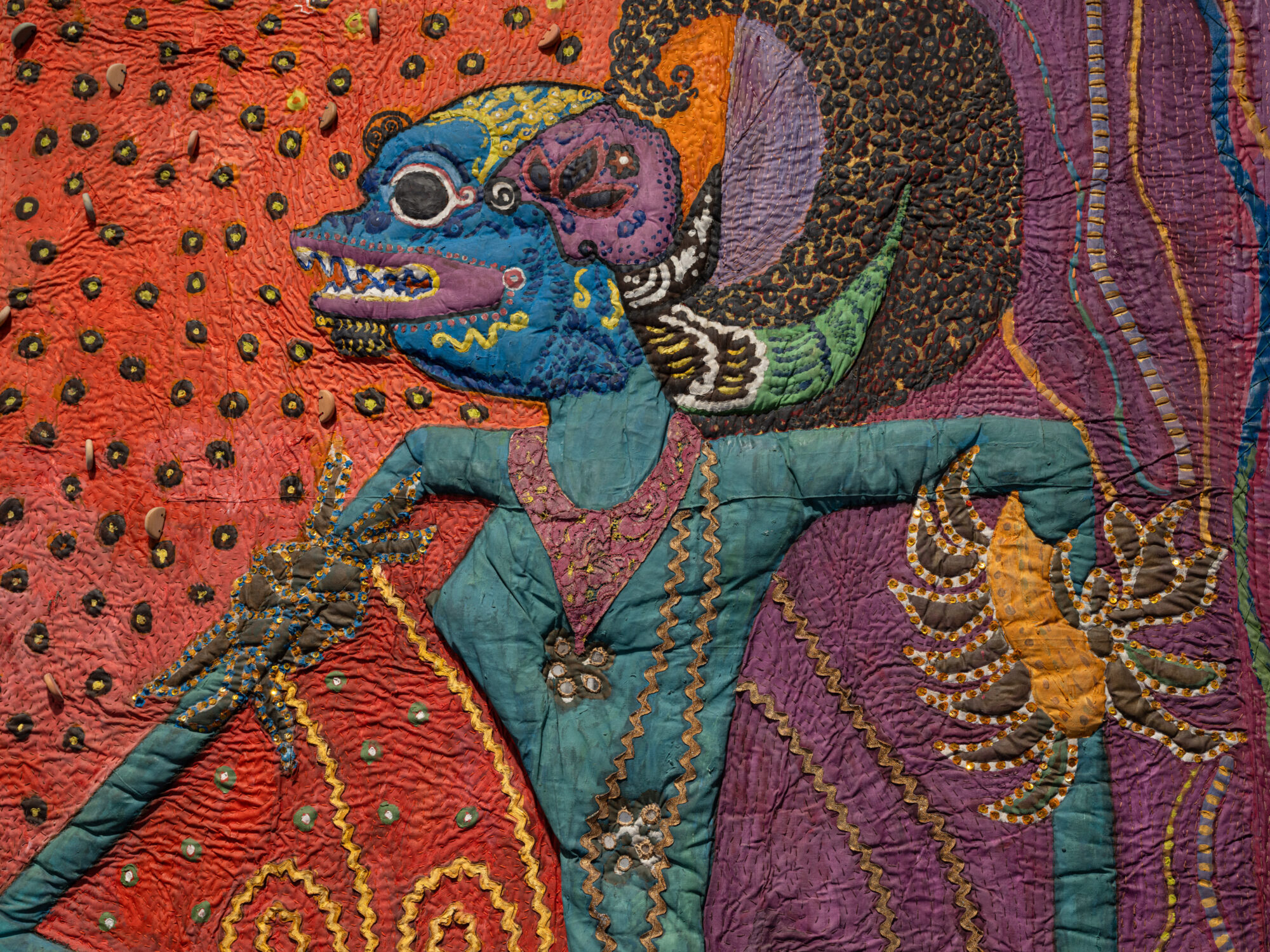
Some of the works on view feature those inspired by Indigenous mask traditions, while others suggest a visible influence of jazz and blues. From vibrant paintings to captivating works on paper and intricate trapuntos, the presentation showcases the evolution of Abad’s artistic style and thematic concerns.
The retrospective frames the legacy of the artist, highlighting how Abad practiced in a range of mediums and contexts, all the while immersing with the people, places, and pertinent issues of her time.
“Foreigners Everywhere” at the Venice Biennale
Abad’s inclusion among the artists at the prestigious Venice Biennale also marks a significant moment for Philippine artists in the global art scene. As one of the oldest international cultural exhibitions, the Biennale has been a platform for artistic expression since 1895. This 60th iteration of the runs from Apr. 20 to Nov. 2, 2024.
The Biennale encompasses 88 national pavilions, with the Philippine pavilion featuring the work of Mark Salvatus in the exhibition “Sa kabila ng tabing lamang sa panahong ito / Waiting just behind the curtain of this age.” Curated by Carlos Quijon, Jr., the pavilion exhibition draws inspiration from Lucban and Mt. Banahaw, exploring the story of Hermano Pule, a historical figure who campaigned against discriminatory practices of the Catholic Church in the early 1800s.
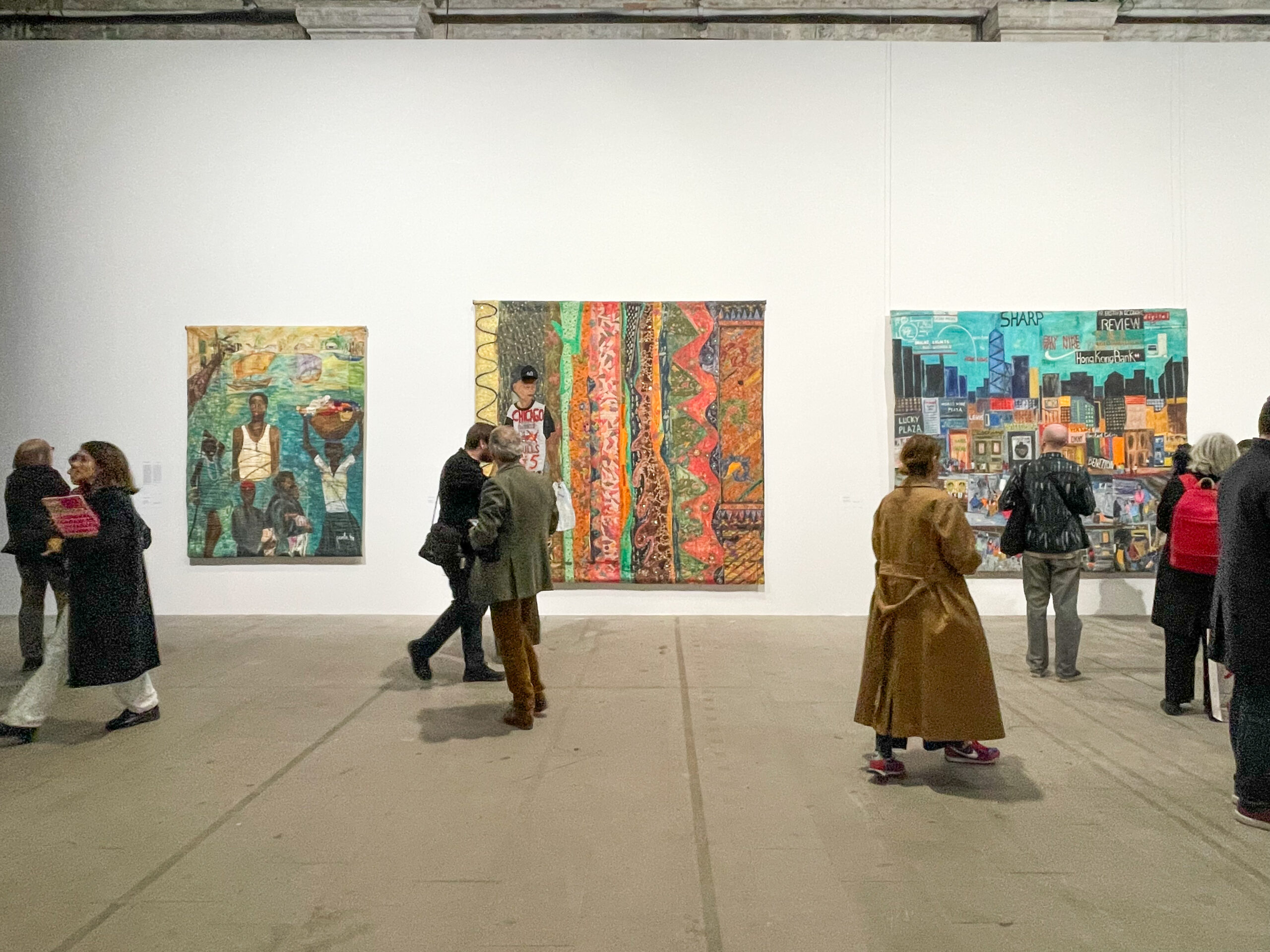
This 2024 edition will also feature the special Venice Biennale exhibition of multiple artists from around the world, with “Stranieri Ovunqu” or “Foreigners Everywhere.” It will be curated by Adriano Pedrosa (Brazil), the first curator from Latin America and the Southern Hemisphere. His curatorial direction will focus on figurative paintings and wall-mounted mediums that signal a departure from recent editions that emphasized installations.
“Foreigners Everywhere” highlights artists who are foreigners themselves, including immigrants, expatriates, exiles, refugees, and the diasporic population. This thematic exploration in the Central Pavilion, the Giardini, and the Arsenale are presented in two sections: the Nucleo Contemporaneo and the Nucleo Storico.
READ MORE: Dior collaborates with the Venetian Heritage Foundation to support Venice’s cultural heritage
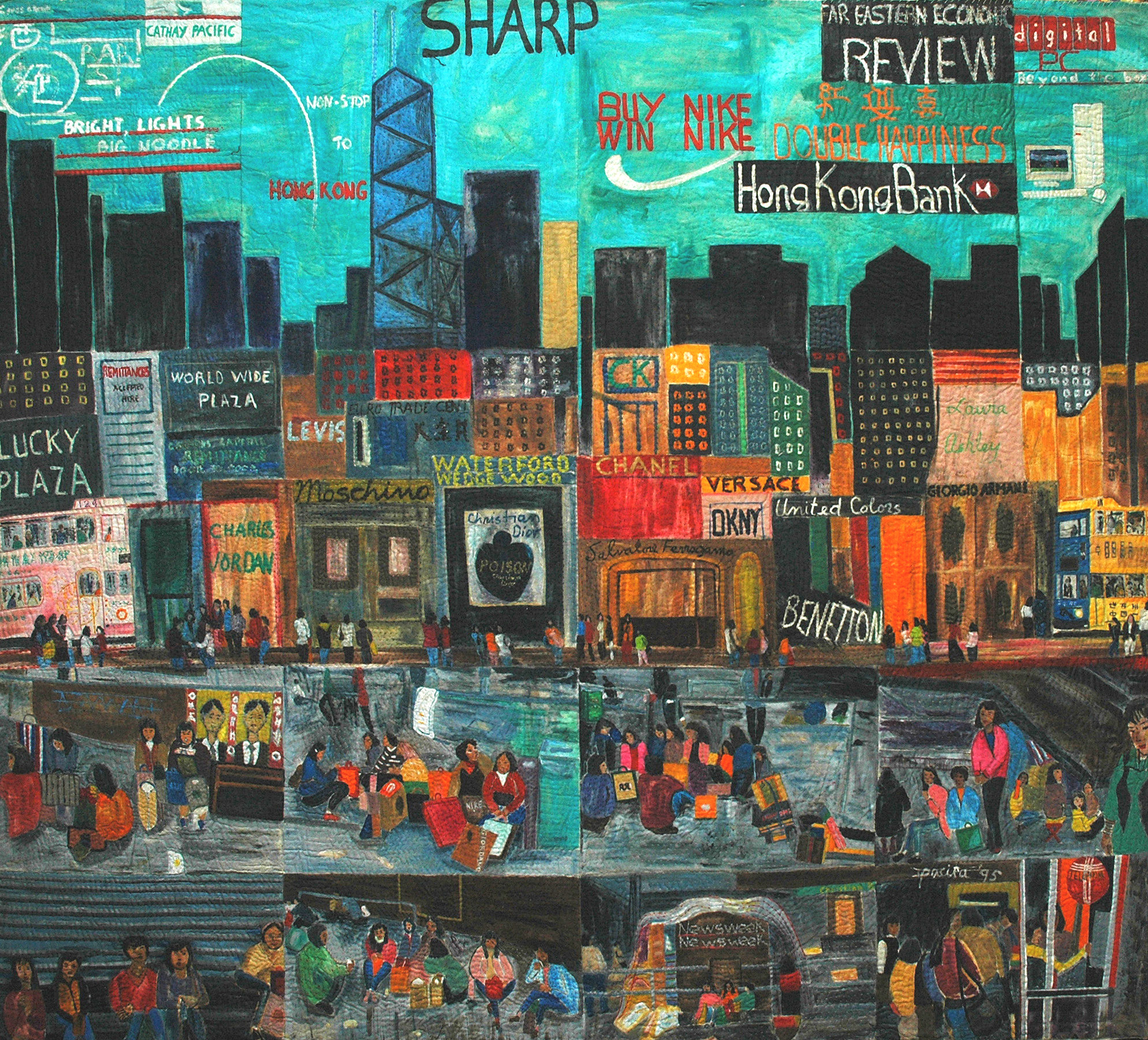
Among the 331 artists featured in the Biennale, Abad stands out alongside other Filipino artists Anita Magsaysay-Ho, Joshua Serafin, and Maria Taniguchi. Abad’s work will be exhibited alongside Taniguchi’s large-scale brick paintings, characterized by meticulous precision and hand-filled graphite shades of gray and black.
***
Abad’s presence at both the MoMA PS1 and the Venice Biennale highlights the artist’s contributions to the global community but also underscores the richness and diversity of Filipino artistic expression. Through works that are actively responsive to historical time and place, Abad’s pieces resonate with the present. As she drew from the material world during her wayfaring travels, her medium identified negotiations, historical constructions, and representational practices, while finding the half-visible relationships that unified people in the world. Through meticulous curation, these recent exhibitions in such prestigious institutions abroad inspire a sense of wonder, sharing the extraordinary life of Pacita Abad in a beautiful way.
The Pacita Abad retrospective runs from Apr. 4 to Sep. 2, 2024. The MoMA PS1 is located at 22-25 Jackson Avenue at 46th Ave. Long Island City, New York.
“Foreigners Everywhere” runs from Apr. 20 to Nov. 24, 2024. The Exhibition will take place in the Central Pavilion (Giardini) and in the Arsenale at the Venice Biennale, Italy.
References: Findlay-Brown, Ian. Pacita Abad, Exploring the Spirit. National Gallery of Indonesia, 1996.
Special thanks to Julia Fesser, Katey Acquaro, and Kach Pelayo. Photos courtesy of Silverlens Gallery.


